Portugal’s coastline stretches for over 1,100 miles, carving some of Europe’s most breathtaking cliff-top settlements into existence. These towns didn’t just happen by accident—they’re the result of centuries of fishing communities, traders, and dreamers who built their lives on the edge of the Atlantic.
Here’s a list of 18 coastal towns that showcase Portugal’s most dramatic clifftop scenery, each offering its own slice of rugged beauty and maritime charm.
Lagos

Lagos sits like a crown jewel on the Algarve’s western edge, where golden cliffs plunge into turquoise waters. The town’s Ponta da Piedade headland features some of Portugal’s most photographed rock formations, with sea stacks and arches that look like nature’s own sculpture garden.
Walking along the clifftop paths here feels like stepping into a postcard, especially when the late afternoon sun turns everything into shades of amber and gold.
Sagres
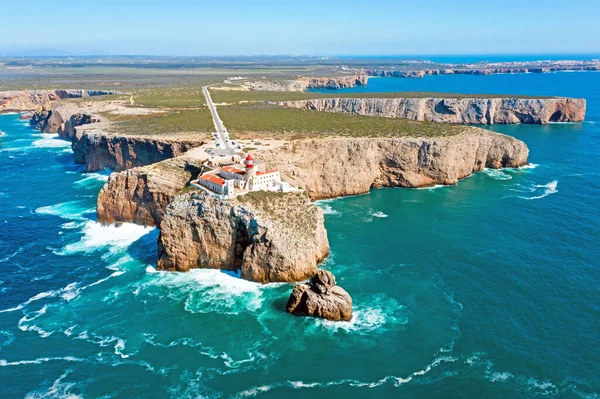
Sagres occupies what the Portuguese once called ‘the end of the world’—a windswept peninsula where Europe literally runs out of land. This small town sits on cliffs that rise nearly 250 feet above crashing waves, creating a dramatic backdrop that’s both humbling and exhilarating.
The lighthouse at Cabo de São Vicente, just a few miles away, marks the southwesternmost point of continental Europe and offers some of the most spectacular sunset views you’ll find anywhere.
Like Travel Pug’s content? Follow us on MSN.
Cascais

Once a simple fishing village, Cascais transformed into a sophisticated resort town while keeping its clifftop charm intact. The town’s coastal path winds along dramatic rock formations and hidden coves, offering glimpses of elegant mansions perched on the cliff edges.
During World War II, European royalty made Cascais their home in exile, and you can still feel that refined atmosphere mixing with the salty sea air.
Sintra
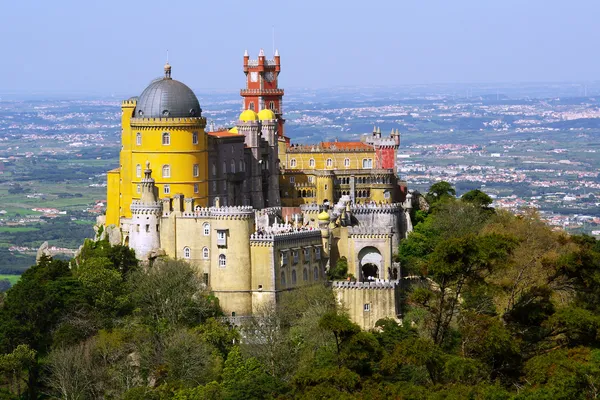
While Sintra sits inland from the coast, its influence extends to dramatic clifftop areas like Cabo da Roca, the westernmost point of continental Europe. The town itself nestles in forested hills, but venture to the coast and you’ll find Azenhas do Mar, a tiny white-washed village that seems to defy gravity as it clings to cliff faces above the Atlantic.
The contrast between Sintra’s fairy-tale palaces and the raw power of the nearby cliffs creates an almost surreal experience.
Nazaré

Nazaré earned worldwide fame for producing some of the planet’s largest waves, with surfers riding monsters that can reach over 100 feet tall. The town splits into two parts: the lower beach area and Sítio, the upper town that sits on cliffs 360 feet above the sea.
Taking the funicular up to Sítio gives you a bird’s-eye view of the beach below and the massive waves that roll in during winter storms.
Like Travel Pug’s content? Follow us on MSN.
Óbidos
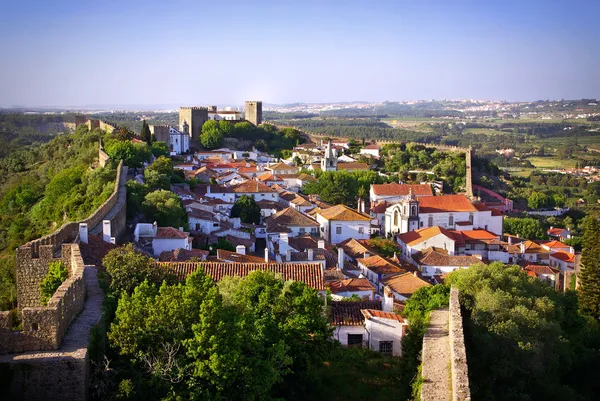
This medieval walled town sits about 6 miles inland but connects to the coast through a stunning lagoon system. The town’s whitewashed houses and narrow cobblestone streets feel like stepping back in time, while the nearby Óbidos Lagoon creates a unique ecosystem where cliffs meet wetlands.
The contrast between the ancient town walls and the wild Atlantic coastline nearby makes this area particularly striking.
Peniche
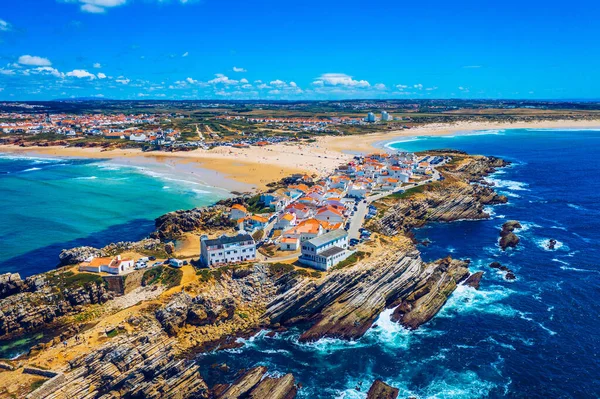
Peniche occupies a rocky peninsula that juts into the Atlantic like a ship’s bow cutting through waves. The town’s cliffs provide natural protection for its busy fishing harbor, while also creating dramatic viewpoints over the Berlengas Islands offshore.
Local fishermen have used these cliff formations as navigation landmarks for generations, and the town still maintains its authentic working-port atmosphere.
Ericeira
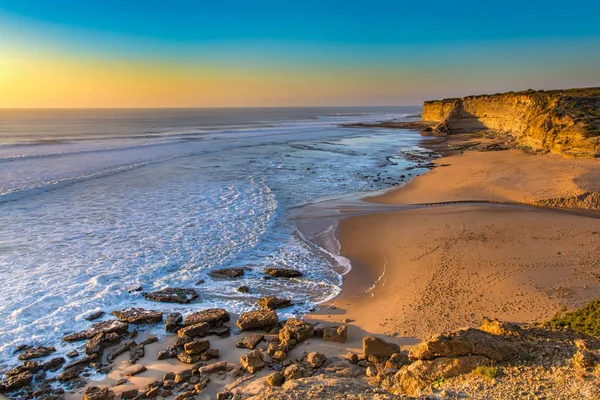
Ericeira built its reputation as a world-class surfing destination, with cliffs that create perfect wave conditions along multiple beaches. The town’s clifftop location offers panoramic views over a coastline dotted with surf breaks that have names like Coxos and Ribeira d’Ilhas.
Walking through Ericeira’s narrow streets, you can hear the constant rhythm of waves hitting the rocks below, a soundtrack that defines daily life here.
Like Travel Pug’s content? Follow us on MSN.
Monsaraz
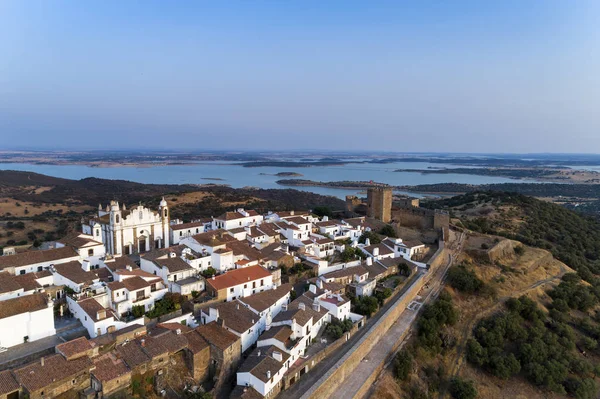
Though Monsaraz sits inland near the Spanish border, it deserves mention for its dramatic position on cliffs overlooking the Alqueva reservoir, Europe’s largest artificial lake. This medieval village clings to granite cliffs that rise 170 feet above the water, creating views that stretch for miles across the Alentejo countryside.
The contrast between the ancient stone buildings and the vast expanse of water below creates an almost otherworldly atmosphere.
Marvão
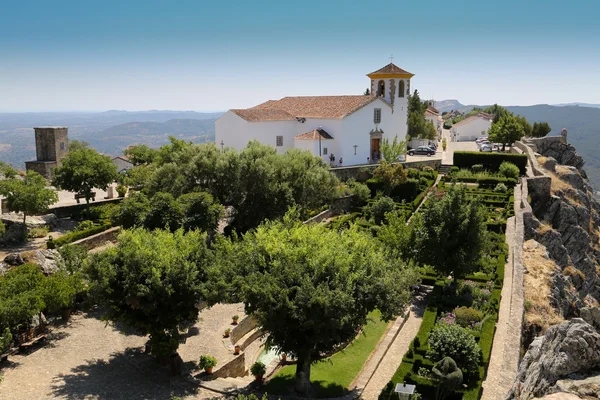
Like Monsaraz, Marvão sits inland but occupies such a dramatic clifftop position that it can’t be ignored. This fortress town perches on a granite cliff nearly 3,000 feet high, offering views that extend across the Spanish border.
The town’s position on these natural ramparts made it virtually impregnable throughout history, and today those same cliffs provide some of Portugal’s most spectacular elevated viewpoints.
Azenhas do Mar

This tiny village clings to a cliff face like a white-painted barnacle attached to rock. Azenhas do Mar consists of just a few dozen houses that seem to grow directly from the cliff, connected by steep paths and staircases carved into the rock.
The village’s clifftop pool, carved into the natural rock formations, offers one of the most unique swimming experiences you’ll find anywhere along the Portuguese coast.
Cabo da Roca

While not exactly a town, Cabo da Roca represents the westernmost point of continental Europe and features dramatic cliff scenery that’s become iconic. The lighthouse here sits on cliffs that plunge 450 feet into the Atlantic, with nothing between you and America except 3,000 miles of ocean.
The wind-sculpted landscape around the cape creates an almost lunar atmosphere, especially when Atlantic storms roll in from the west.
São Martinho do Porto
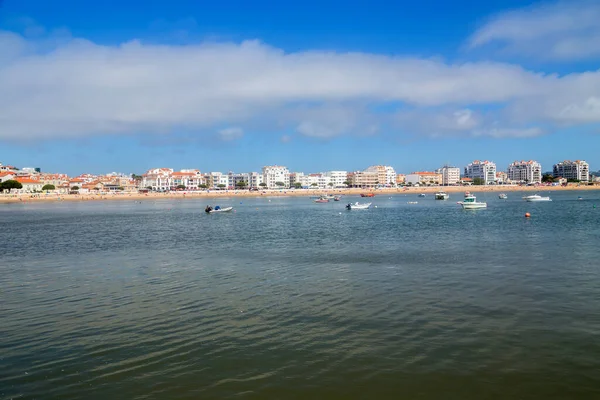
This charming town sits on the edge of a nearly circular bay that’s almost completely enclosed by cliffs and sand dunes. The bay’s unique shell shape creates calm waters perfect for swimming, while the surrounding cliffs provide protection from Atlantic storms.
The contrast between the sheltered bay and the wild ocean beyond creates two completely different coastal experiences within walking distance of each other.
Like Travel Pug’s content? Follow us on MSN.
Alcobaça
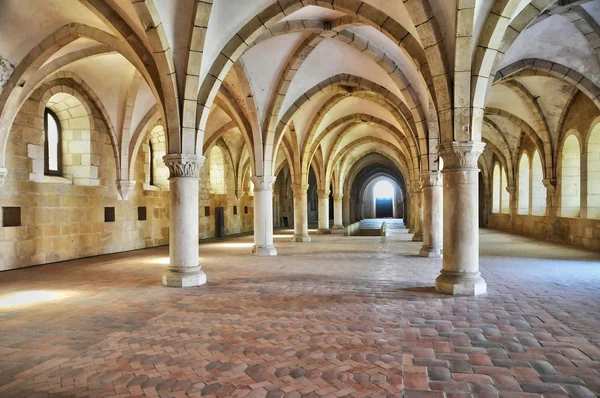
While Alcobaça sits several miles inland, its influence extends to the dramatic coastal area around São Martinho do Porto. The town’s famous monastery, one of Portugal’s most important medieval buildings, connects to coastal settlements through river valleys that cut through limestone cliffs.
The region’s unique geography creates a landscape where monastery bells can be heard echoing off cliff faces, mixing sacred and natural acoustics.
Fátima
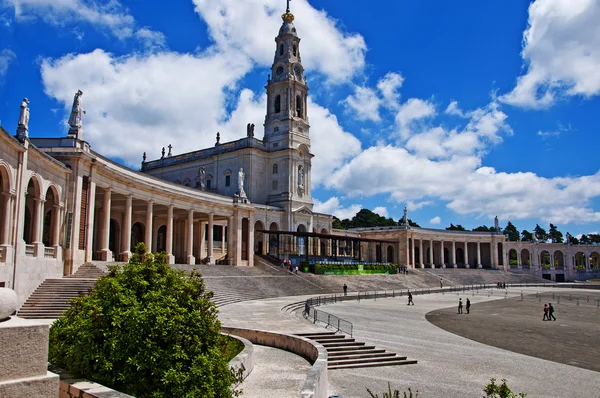
Fátima, famous for its religious significance, sits on a plateau that overlooks valleys leading to the coast. While not directly coastal, the town’s elevated position provides views toward the Atlantic and connects to coastal areas through dramatic river valleys carved into limestone cliffs.
The pilgrimage routes from Fátima to the coast follow ancient paths that wind through some of central Portugal’s most striking cliff scenery.
Tomar
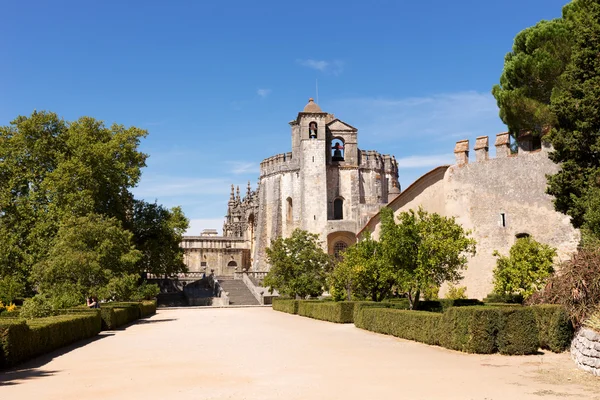
Tomar’s clifftop castle, built by the Knights Templar, overlooks the Nabão River valley and connects to coastal areas through a landscape of dramatic river cliffs and gorges. The town’s elevated position on limestone cliffs creates natural defensive advantages that the Templars exploited, while also providing spectacular views across central Portugal toward the Atlantic.
The castle’s cliff-edge location makes it one of Portugal’s most dramatically situated medieval monuments.
Like Travel Pug’s content? Follow us on MSN.
Aveiro
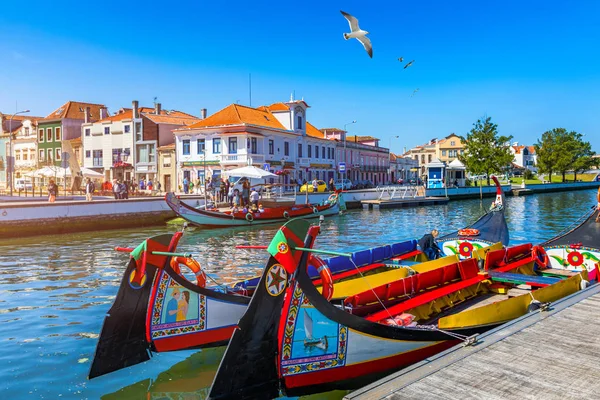
Known as the ‘Venice of Portugal’ for its network of canals, Aveiro sits where rivers thread into the Atlantic through a complex system of lagoons and barrier islands. The town’s unique position creates a landscape where cliffs meet wetlands, forming one of Europe’s most important bird migration stopover points.
The contrast between the colorful boats in the canals and the wild Atlantic coastline beyond creates a uniquely Portuguese coastal experience.
Porto

Portugal’s second-largest city built its fortune on a clifftop position overlooking the Douro River’s mouth. The historic center sits on granite cliffs that rise directly from the river, creating a dramatic urban landscape where medieval buildings seem to grow from solid rock.
The famous Dom Luís I Bridge spans the river gorge at cliff level, connecting Porto to Vila Nova de Gaia and offering spectacular views over the Atlantic beyond.
Where Ancient Meets Eternal
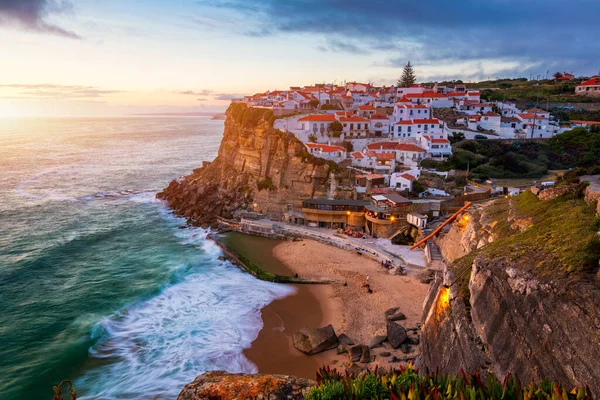
These clifftop towns represent more than just scenic beauty—they’re living museums of how humans have adapted to some of Europe’s most challenging coastal environments. From medieval fortresses to fishing villages, each settlement tells the story of communities that chose to build their lives on the edge, literally and figuratively.
Today, as Portugal’s coast faces new challenges from climate change and tourism pressure, these towns continue to evolve while maintaining their essential character as places where land meets sea in the most dramatic way possible.
Like Travel Pug’s content? Follow us on MSN.
More from Travel Pug

- 20 Best Beach Towns in the Carolinas
- 13 Destinations Where Tourists Regularly Regret Their Trip
- 20 Things You Actually Get in First Class
- 20 Small Airports With Aviation Museums
- 20 Places in the U.S. That Are Perfect for a Reset Trip
Like Travel Pug’s content? Follow us on MSN.
